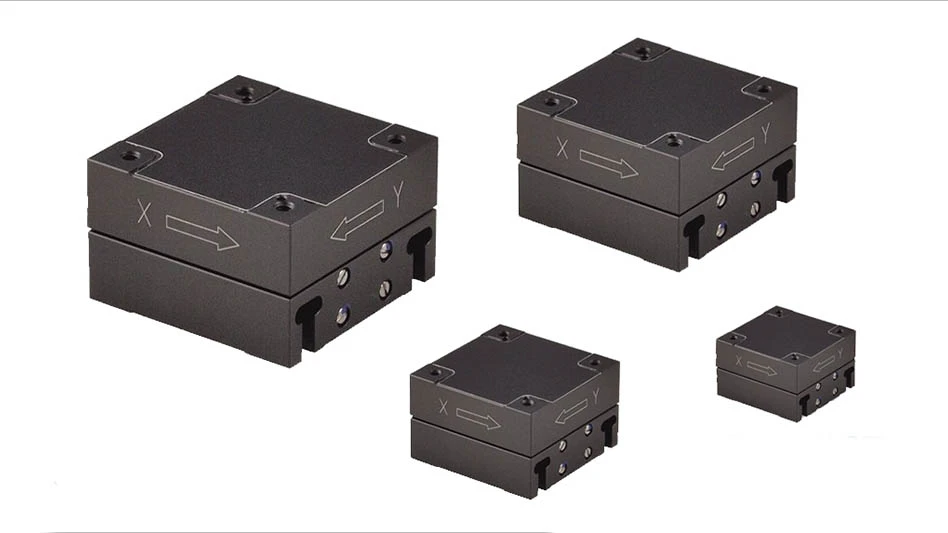
Manufacturing rocket components requires consideration of a lot of criteria. Not only is lightweight construction essential, materials must also withstand extremely high stresses and temperatures. Additionally, manufacturing costs for these complex geometries are very high when limited to production with conventional manufacturing processes.
CellCore, a start-up engineering firm from Berlin, Germany, specializing in bionic engineering, draws on highly efficient and optimized natural structural principles and applies them to technology. Through the design of a thrust chamber for a rocket propulsion engine, CellCore demonstrates advantages of the selective laser melting process and how it can be used in the aerospace industry. Printed in a nickel-based superalloy, the monolithic component was created in collaboration with SLM Solutions.
The engine consists of a thrust chamber – the core element of a liquid-propellant engine with a combustion chamber wall, fuel inlet, and an injection head with oxidant inlet. Chemical reaction in the combustion chamber creates a gas that expands due to heat development and is then ejected with enormous force. The thrust required to drive the rocket is therefore created using recoil.
Extremely high temperatures created in the chamber during combustion require the wall to be cooled to prevent it from burning. To achieve this, the liquid fuel (e.g. kerosene or hydrogen) is fed upward through cooling ducts in the combustion chamber wall before entering through the injection head. There, the fuel mixes with the oxidant and is lit by a spark plug. In conventional construction, the cooling ducts are countersunk in a blank and subsequently sealed through multiple working steps. With selective laser melting, the cooling is integrated as part of the design and created with the chamber in one process. Because of the engine’s complexity, traditional manufacturing processes are cost-intensive and require half a year minimum, but with additive manufacturing (AM), this component it built in fewer than five workdays.

Despite its complex structure, post-processing is minimized, avoiding high levels of tool wear. SLM® technology saves considerable cost by reducing expensive, time-consuming manufacturing steps and simplifying the engine’s structure. Selective laser melting offers aerospace companies the opportunity to increase their competitive position by increasing rocket system functionality while maintaining exceptional quality, as well as light-weighting and drastically reducing development, testing, and production timeframes.
SLM Solutions https://slm-solutions.us

Explore the Additive Manufacturing Target Guide Issue
Check out more from this issue and find your next story to read.
Latest from Aerospace Manufacturing and Design
- Talking machine tools with the professionals who build them
- Tools and strategies for improving your machining processes
- America Makes announces QTIME project call
- Innovation meets precision for 40% faster machining
- Upcoming webinar: Pro tips from a supply chain strategist
- Heart Aerospace relocates to Los Angeles
- Fixtureworks introduces Stablelock Clamps
- Piasecki acquires Kaman's KARGO UAV program





